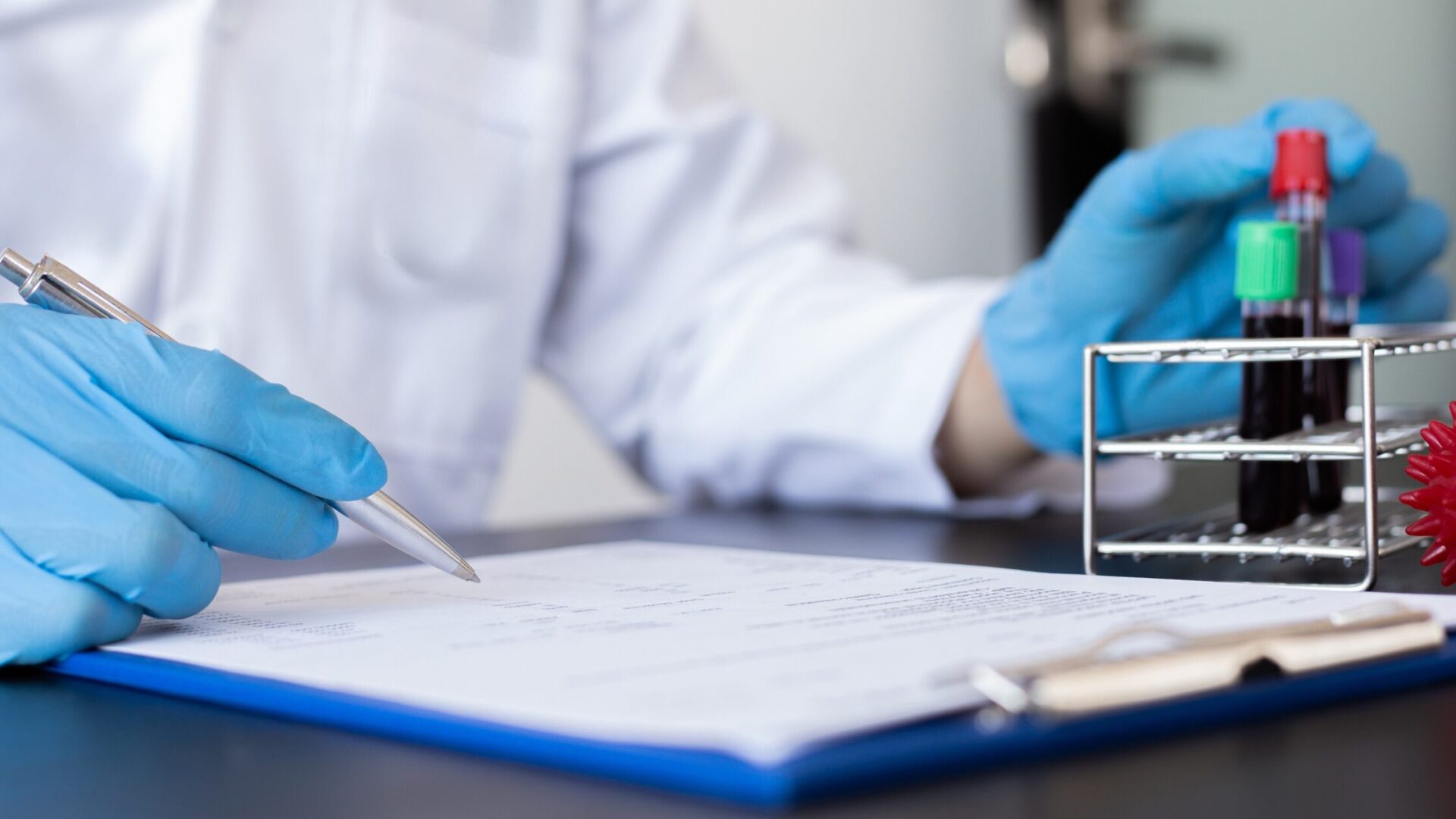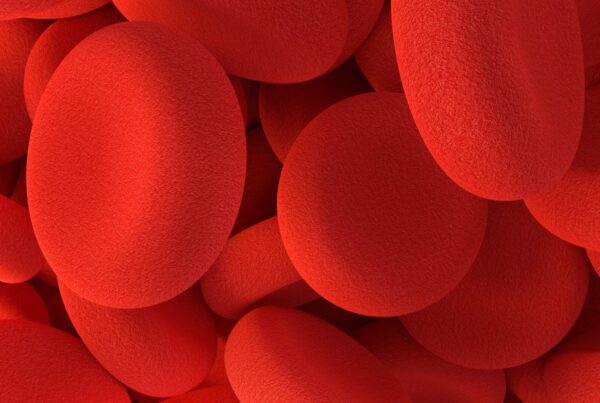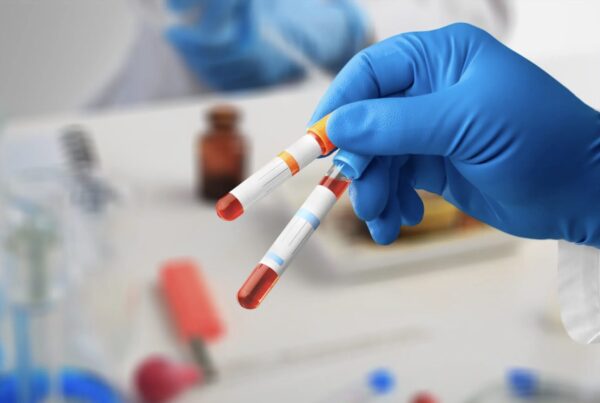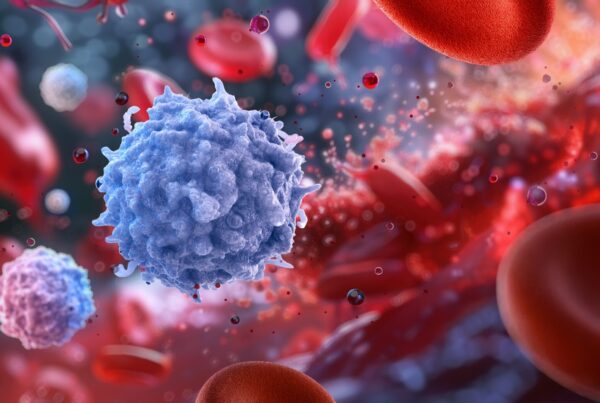Why fresh blood products matter for reliable research: PBMCs, plasma, and more
Did you know that the timing of blood sample processing, such as PBMC isolation from whole blood or plasma for research, can make or break the accuracy of your research data? Cell functionality begins changing rapidly after venepuncture, meaning delays in handling or delivery can compromise how well samples represent the in vivo environment, potentially skewing assay performance and research outcomes.
Here’s why fresh blood samples are critical for your research and how to ensure the best practices are followed.
Fresh blood in groundbreaking clinical advances
The significance of fresh blood samples has been underscored in two revolutionary areas of medicine:
1. Liquid biopsies
In 2016, the FDA approved the Cobas® EGFR mutation liquid biopsy test for detecting lung cancer. This non-invasive, repeatable test provided patients with a safer and more convenient alternative to traditional tissue biopsies. Fresh blood products were pivotal in generating the reliable results needed to develop this diagnostic breakthrough.
2. CAR-T therapy
CAR-T therapy, a groundbreaking cancer treatment, involves modifying T cells to produce chimeric antigen receptors. The success of this therapy hinges on the quality and functionality of T cells, underscoring the importance of fresh blood products for generating biologically relevant insights.
How fresh is fresh for blood products?
According to the International Society for Biological and Environmental Repositories (ISBER) best practices guide, blood samples should be processed and stored within 1 to 24 hours of draw, depending on the analytical endpoint to ensure cell viability. Beyond this timeframe, cell functionality begins to decline, which can severely impact research applications.
The risks of delayed processing
Delays in processing can lead to significant degradation, especially for PBMCs and platelets. Research focusing on immunology, such as studies involving T cell functionality, can suffer if PBMC viability is compromised.
Key findings on processing delays:
- PBMC viability: A delay from 8 to 24 hours post-venepuncture led to:
- 8% decrease in viability
- 32% decrease in cell recovery
- T Cell functionality: Delays caused a 36–56% reduction in interferon gamma frequencies.
- Platelet degradation: Mishandling samples can lead to platelet activation, contaminating the sample and producing inaccurate measurements.
The implications of these changes are profound, particularly for applications like immunotherapy development and functional assays where cell integrity is paramount.
Best practices for processing fresh blood
To ensure that you are using high-quality biospecimens, follow best practices for processing whole blood, PBMCs, and plasma for research:
- Process blood samples immediately or as soon as possible post-draw to minimise functional changes.
- Follow ISBER recommendations for processing within 1 to 24 hours.
- Use proper handling techniques to prevent platelet activation and ensure cell viability.
By adopting these practices, researchers can mitigate risks and maintain the integrity of their samples for more reliable outcomes.
Why prioritising fresh blood matters
Fresh blood products are the foundation of reliable, biologically relevant research. Delays in processing can lead to compromised cell viability, reduced functionality, and inaccurate results, making it imperative to prioritise fresh samples and follow best practices.
At Research Donors, we understand the critical importance of sample freshness. Our expertly collected blood products adhere to strict timelines and handling protocols, ensuring you receive samples that support your research success.
Take action for better research outcomes
Don’t let delays compromise your results. Work with trusted suppliers who prioritise sample freshness and adhere to the highest standards. If you’re ready to elevate your research with high-quality, fresh blood products, contact us today or explore our inventory to get started.






